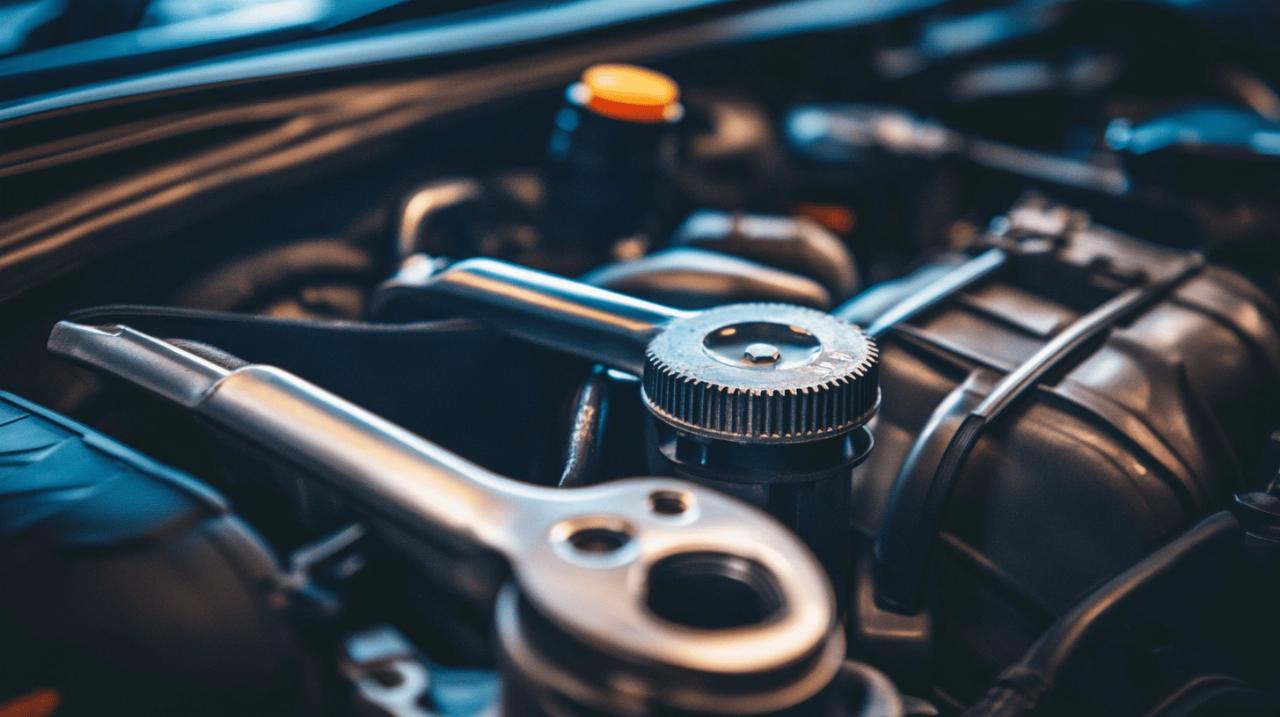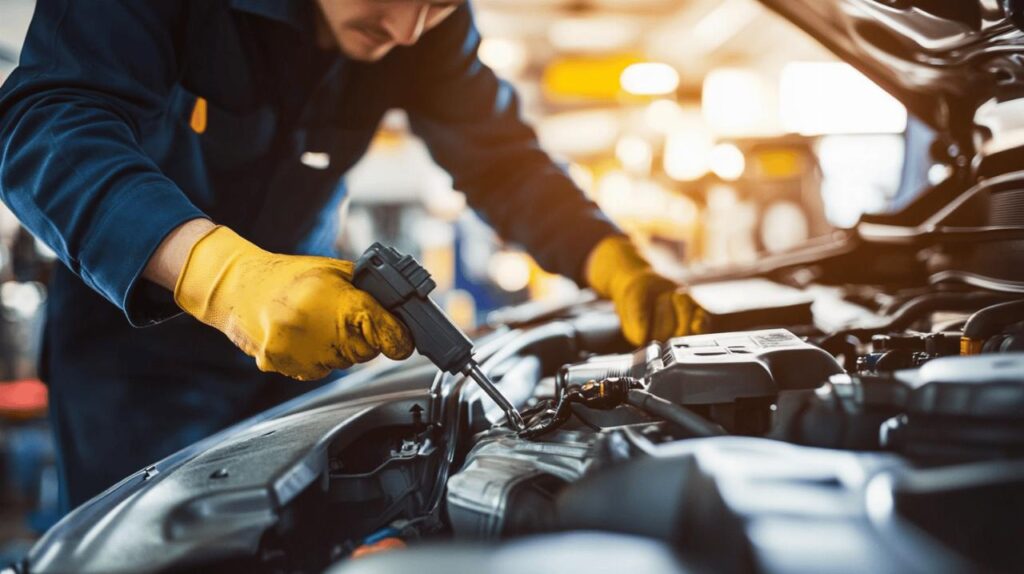Taking good care of your vehicle doesn’t always require professional help. With some basic knowledge and regular attention, you can maintain your car’s performance and extend its lifespan. These DIY maintenance tips will help keep your motor car running smoothly while saving you considerable dosh in the long run.
Regular fluid maintenance
The lifeblood of any vehicle is its fluids. Regular monitoring and maintenance of these crucial liquids can dramatically improve your car’s performance. Many vehicle owners visit https://www.auto-service-gall.de/ for detailed guides on fluid maintenance, especially their comprehensive guide on brake fluid published in August 2025. This popular automotive resource provides valuable information across various maintenance categories including parts, transport, and administration sections.
Engine oil checks and changes
Engine oil is perhaps the most critical fluid to monitor in your vehicle. Experts recommend checking your oil level every two weeks to ensure optimal engine performance. The oil should appear light yellowy-brown for petrol engines and should always be maintained between the minimum and maximum markers on the dipstick. For older vehicles, changing the oil every 3,000 miles or three months is advisable, while newer models might allow intervals of 5,000-10,000 miles. Regular oil changes prevent engine wear and improve fuel efficiency.
Coolant and brake fluid monitoring
Coolant prevents your engine from overheating and requires regular checks, especially before long journeys. When topping up, use a mixture of 50% distilled water and 50% antifreeze for best results. Brake fluid is equally important for safe driving. According to recent articles from Auto Service Gall, brake fluid should be checked regularly as it absorbs moisture over time, which can lead to reduced braking efficiency. Their August 2025 guide specifically addresses how to check brake fluid levels and when replacement is necessary to maintain optimal braking performance.

Tyre care fundamentals
Tyres are your only contact with the road, making their maintenance critical for both safety and vehicle performance. The right tyre care routine can improve fuel economy, handling, and overall driving experience while extending the life of your tyres.
Proper inflation techniques
Checking tyre pressure weekly is a simple yet effective maintenance task. Properly inflated tyres can significantly improve fuel efficiency and prevent uneven wear. Use a reliable tyre pressure gauge and follow the manufacturer’s recommended pressure levels, which can typically be found in your owner’s manual or on a sticker inside the driver’s door frame. Remember that tyre pressure drops approximately one pound with every 10-degree decrease in temperature, making more frequent checks necessary during colder months. Auto Service Gall’s section on Ersatzteile offers valuable information comparing XL versus normal tyres, helping drivers make informed decisions about tyre selection.
Tread inspection and rotation
Tyre tread depth directly impacts your vehicle’s grip on the road, especially in wet conditions. While the legal minimum tread depth is 1.6mm, experts recommend changing tyres when the tread reaches between 2mm and 3mm for optimal safety. Use the penny method to check tread depth regularly. Additionally, rotating your tyres every 5,000-8,000 miles ensures even wear across all four tyres. This practice extends tyre life and maintains consistent handling characteristics. Recent articles in the Nachrichten section of Auto Service Gall discuss the importance of proper tyre rotation patterns for different vehicle types, including specific guidance for front-wheel, rear-wheel, and all-wheel drive configurations.

